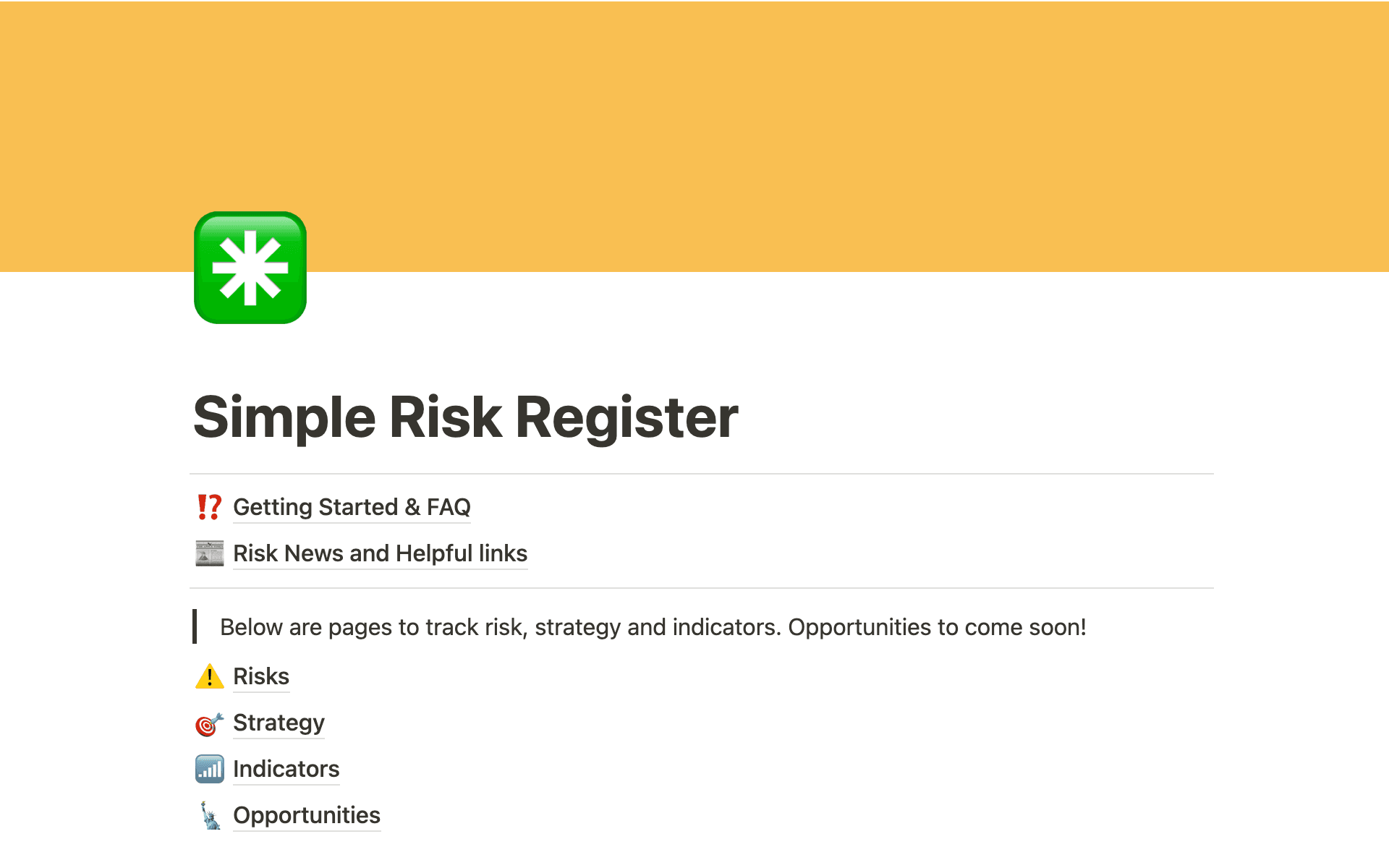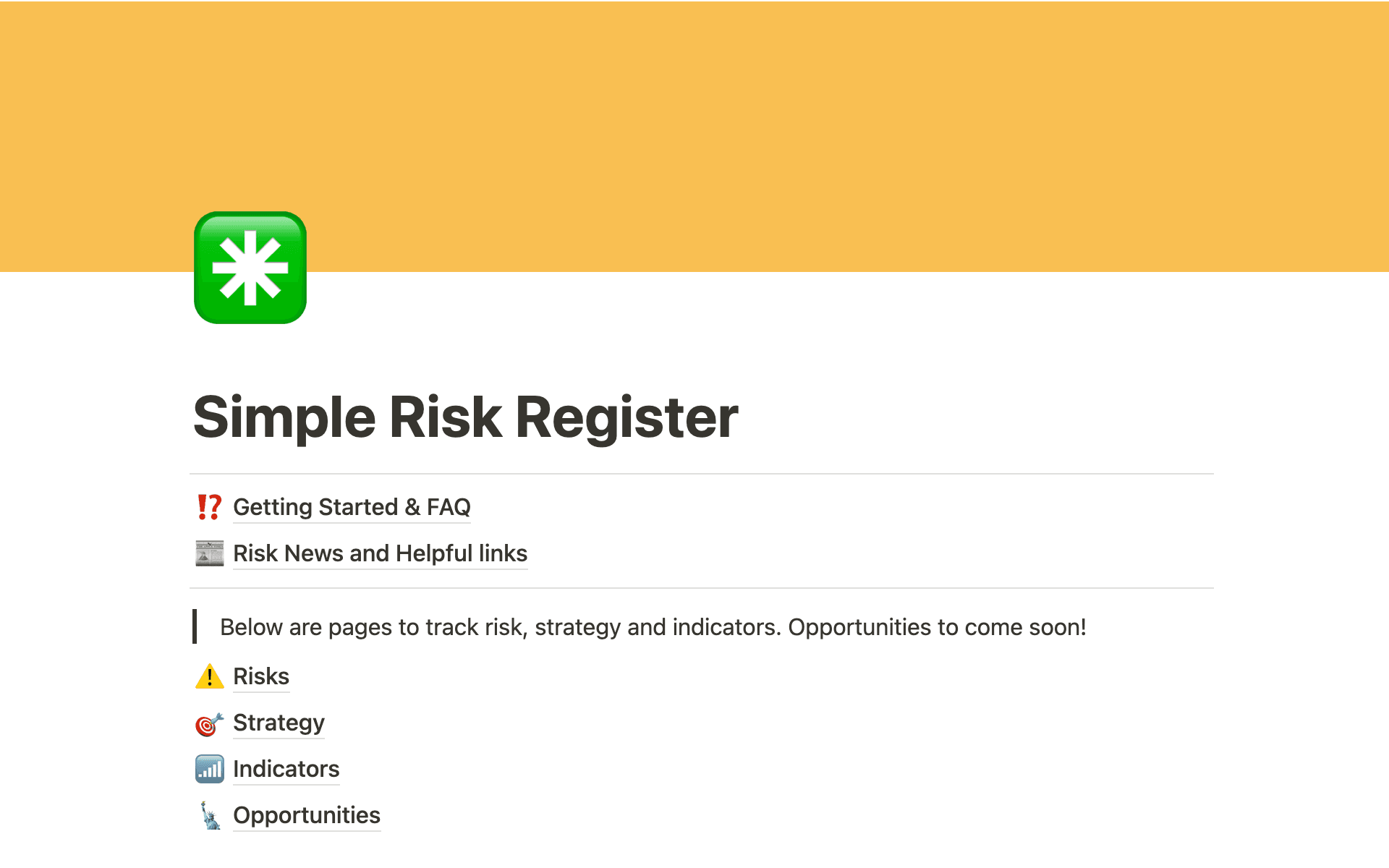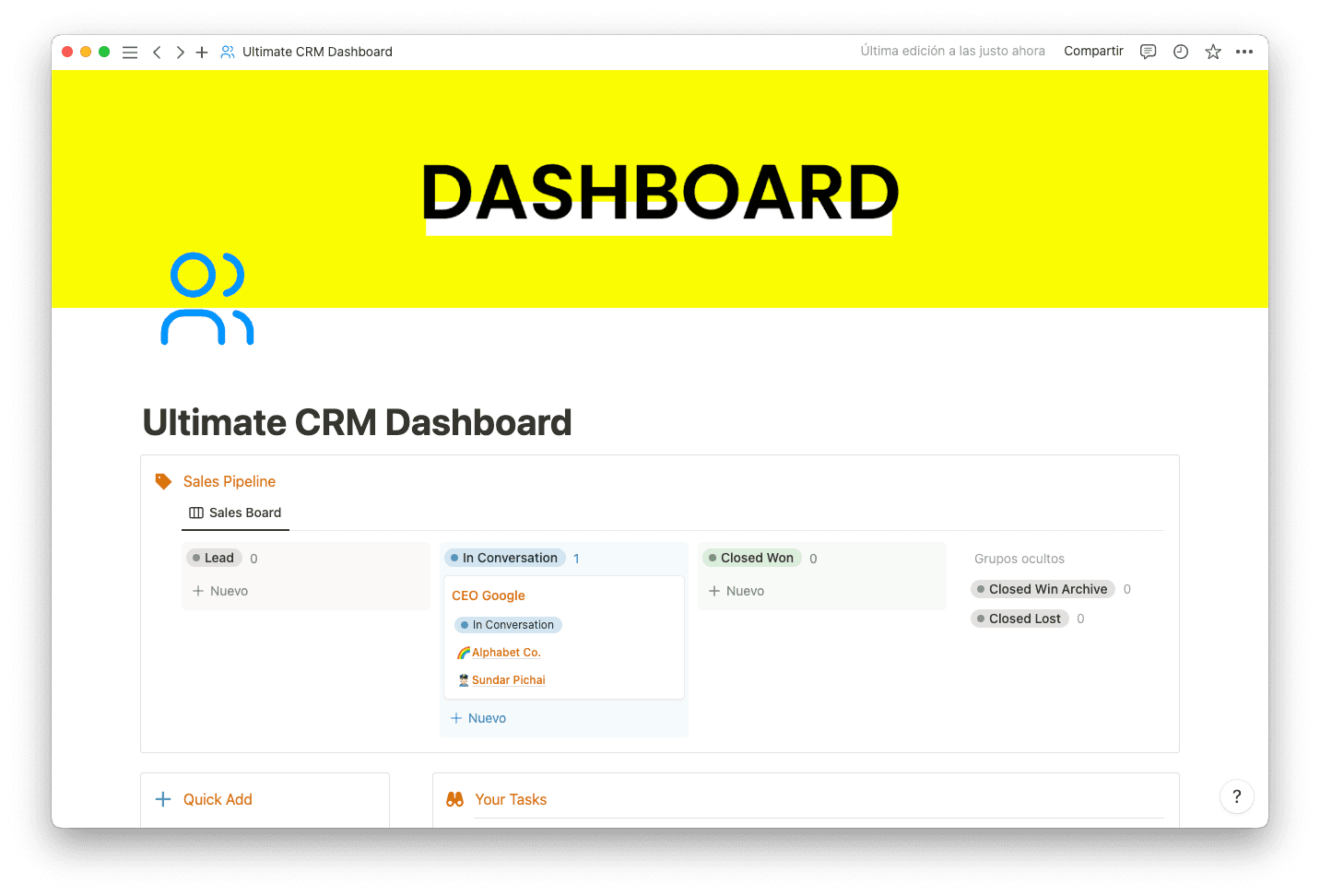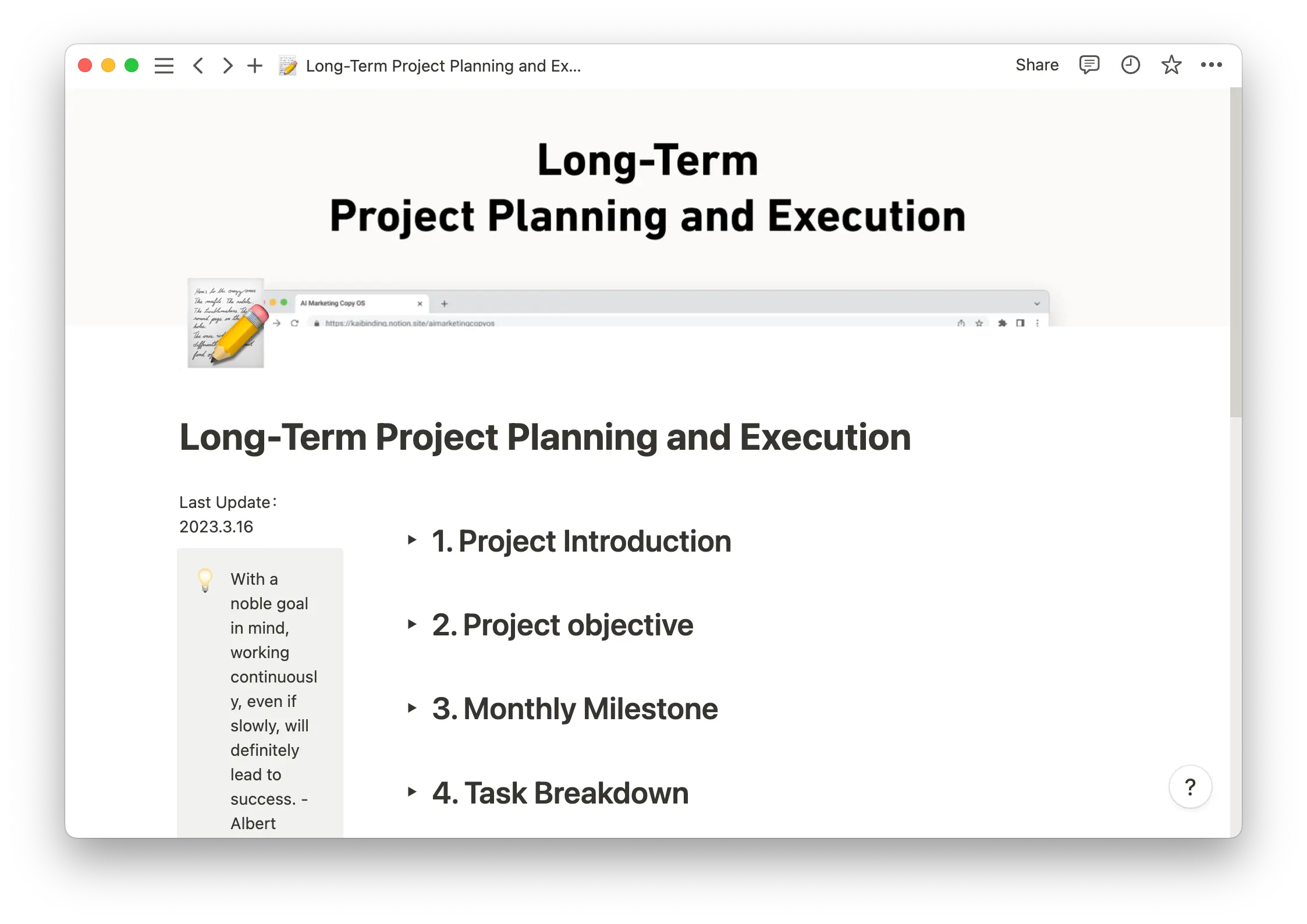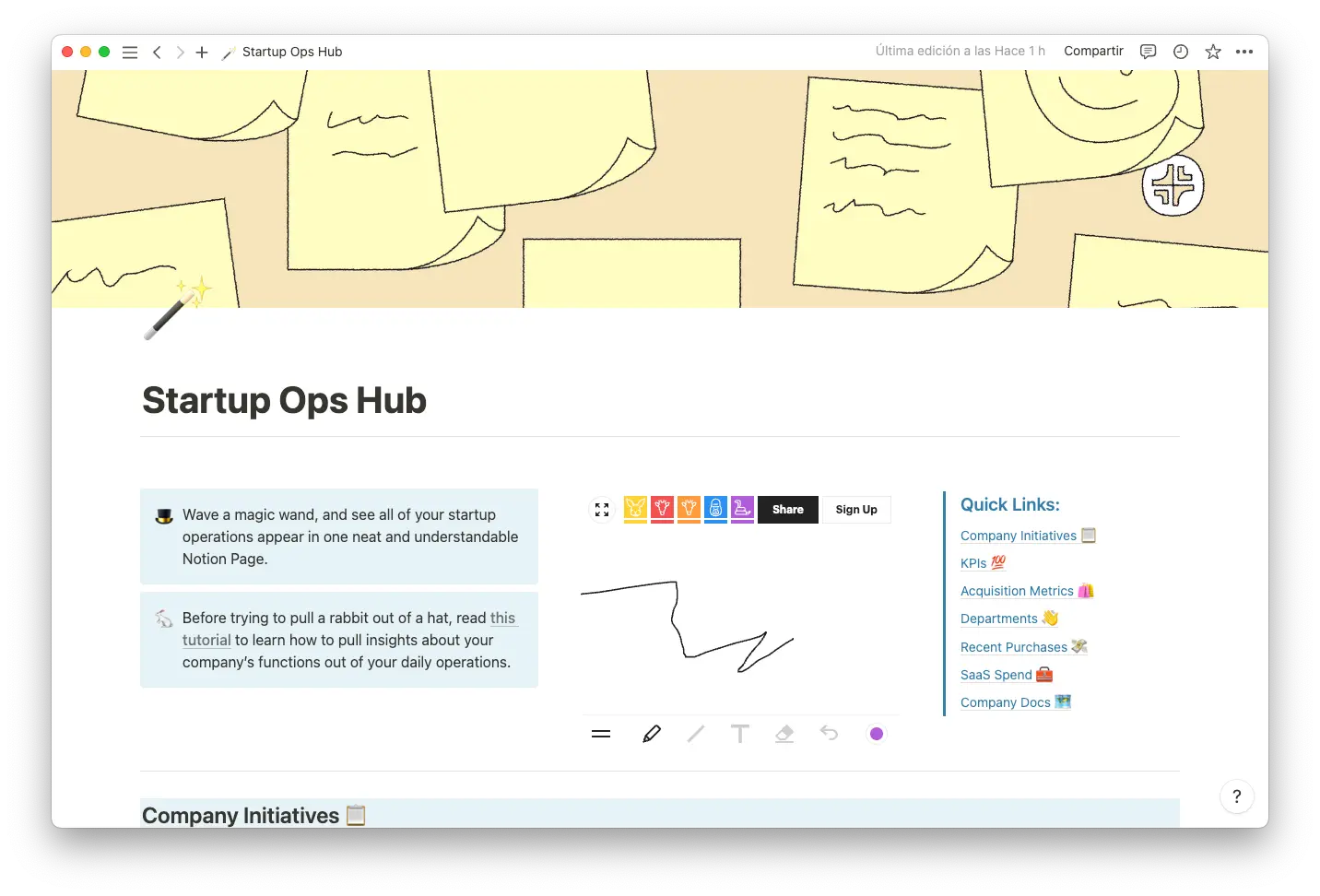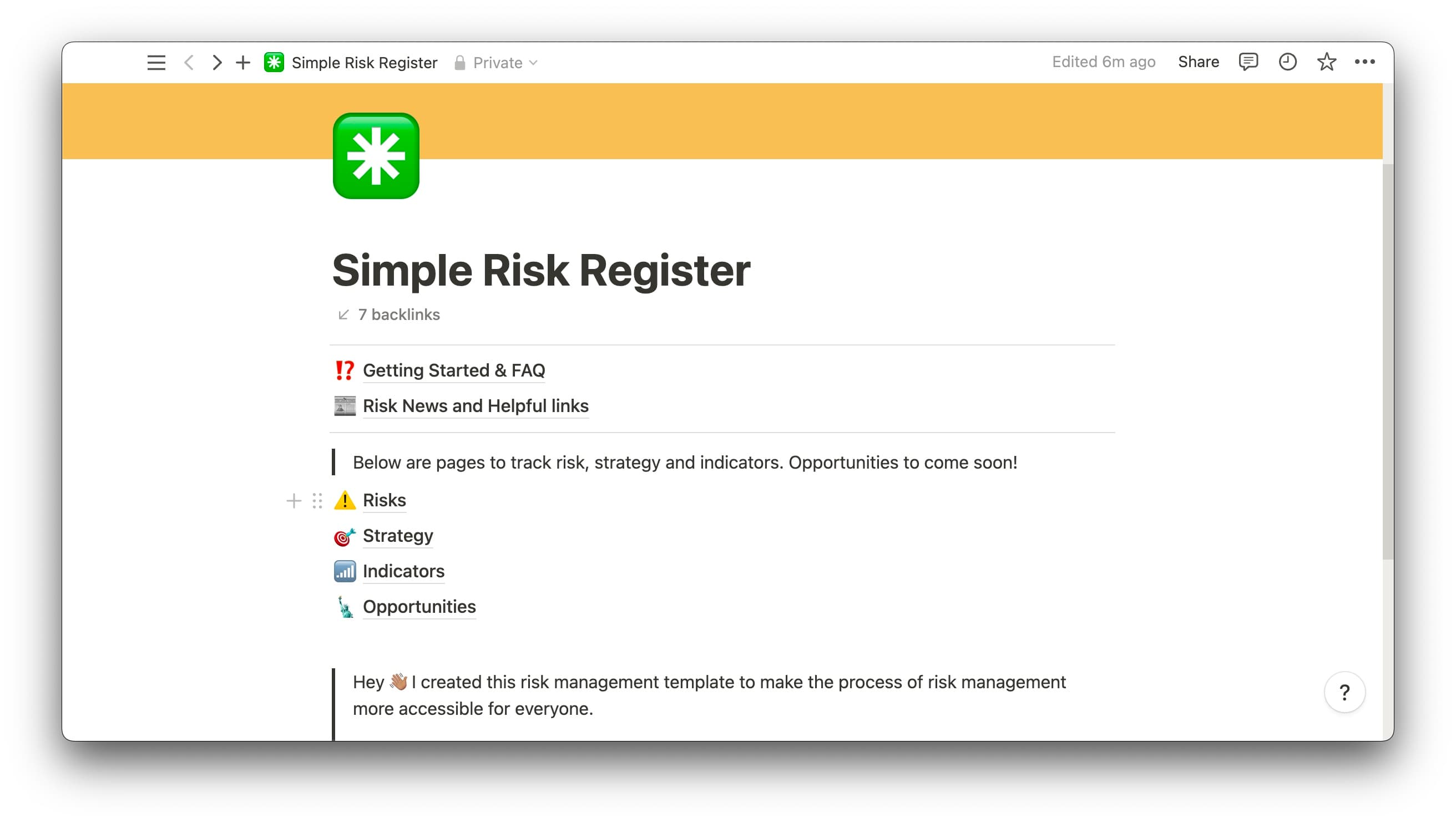Shifting market conditions. Supply shortages. Tight deadlines. All businesses face challenges that have the potential to significantly impact their outcomes.
As a project manager, you need a way to anticipate and effectively navigate through these future uncertainties — without letting your bottom line fall through the cracks.
Scenario planning is a non-traditional project risk management approach that helps you plan for best- and worst-case scenarios. By using past data to craft a narrative with multiple endings based on logical assumptions, you can prepare for whatever the world throws at your business.
What’s scenario planning?
Scenario planning gives you the tools to anticipate and prepare for potential challenges that may impact a project. It’s a risk mitigation strategy that instead of focusing on reduction, plans for what to do when predictable problems arise, using previous experiences and data to decide on the best response. Think of it as crisis management for the future.
The main objectives of strategic planning are:
To make informed choices in the wake of disruptions
To create multiple scenarios for possible future occurrences
To efficiently allocate resources, manage costs, and minimize delays
The pros and cons of scenario planning
Like any project management strategy, scenario planning isn’t one-size-fits-all. It’s a great way to anticipate the things you know — but unpredictable situations might be a different story.
Some of the advantages of this method are:
Preparedness — scenario planning offers viable options for future adversities and opportunities ahead of time.
Budgeting — you can anticipate future expenditures or profits and allot for financial buffers when environments shift.
Performance — good scenario planning anticipates multiple scenarios and provides logical courses of action, which can increase team performance during a crisis.
Conversely, some of scenario planning’s disadvantages are:
Conjecture — your plans will stem from probabilities that may or may not happen. If you rely too much on these to make decisions beforehand, they may hamper your projects.
Constant change — you need to continually update your scenarios as the business environment shifts around you. This takes up time and resources that may need allocation elsewhere.
Why is scenario planning important?
Scenario planning is a proactive approach, predicting future scenarios and planning ahead instead of just reacting to situations if and when they arise. It considers what you know and where uncertainties lie to create the most informed plans possible, helping you solidify your risk management assessments with confidence.
The goal of this process is to create documented routes to follow when the future brings changes. These options can help you survive — and even thrive — in times of unpredictability, and may also give you a competitive advantage over those less prepared.
Including scenario planning in your strategic risk management roadmap also gives you insight into resources, budgets, and potential impacts on your future growth. You’ll already have the information to make effective decisions quickly if and when those factors do affect you.
Scenario planning versus forecasting
Scenario planning and forecasting share common ground — both use past numbers to make predictions.
But business forecasting is fact-based and objective, basing estimations on quantitative data and the assumption that all conditions remain stable.
Scenario planning also takes qualitative data — non-numerical information — into consideration. While business forecasting might consider how many employees there are, scenario planning might add who’s good at what tasks and how past problems affected the team. It makes judgments with more information, giving its estimates more depth.
The main difference between the two is that forecasting provides one possible future, making it more static, whereas scenario planning thinks about multiple futures, making it more flexible.
Types of scenario planning
Business risks can have sensitive outcomes — and ones that have lasting effects you want to avoid. Choosing the right kind of scenario planning helps you make the right moves. Here are five options:
1. Quantitative scenarios
This strategy is a popular choice when forecasting and creating budgets. This approach uses past and present quantitative data — such as revenue, website conversion rates, and inflation — to plot out best- and worst-case scenarios for the future.
2. Operational scenarios
Another common type, operational scenario planning is an event-driven strategy. It posits a short-term decision to counteract the impact of a more immediate future crisis or situation.
3. Normative scenarios
Normative scenarios plan for what you think should or will happen. While they might be likely, they aren’t certain. This isn’t as efficient (or necessarily effective) as other scenarios, so combining them with other types is a strong strategy.
4. Strategic management scenarios
Often called an alternative future scenario, this type's concerns are less about the company and more about customer usage of your products and services. It's one of the most challenging scenarios to develop because you need comprehensive knowledge about your demographic, industry, and competitors.
5. Probability-based scenarios
These look at relevant trends to determine the likelihood of events occurring. That way, you can incorporate forecasts and projections into uncertain future outcomes based on probable realism.
The 7-step process of scenario planning
Information and data are at the core of scenario planning, so it requires clear research and evaluation in its process. This risk management strategy typically involves the following steps:
1. Begin by brainstorming
Think about what scenario planning type might be best for your needs — or what combination of strategies you should use. Assess your current assets and resources and the affects potential situations may have on them. Consider using a to help you quickly list out dangers, strategies, and opportunities and begin shaping your scenarios.
2. Identify key uncertainties and their driving forces
Now that you have a few scenarios in mind, it’s time to focus on the ones that are most likely to occur and which ones will potentially affect you the most. Look at internal and external factors such as resource availability, projected and past market conditions, and regulatory requirement changes.
3. Develop your scenarios
This is the core of your scenario planning. Build scenarios based on the knowns and uncertainties that you identified in the previous steps. These should be diverse enough to cover a wide range of possibilities and factor in both positive and negative outcomes.
4. Evaluate your scenarios
You need a firm understanding of how each scenario can impact your project's objectives, timelines, and resources. Assess the risks and opportunities of each to realistically evaluate how they affect project resiliency in different situations.
5. Narrow down the possible futures
It’s difficult — if not impossible — to develop a fully fleshed-out action plan for every outcome. Instead, narrow your multiple scenarios down to a handful that you feel are the most realistic and may impact your projects or bottom line the most.
6. Create your scenario planning template
Plug everything you know into a project management template with sections for scenarios, action plans, and potential outcomes. This gives you a solid starting point and hosts all the information you need in one place.
7. Update your strategies and policies
Periodically evaluate your planning and adjust when necessary. Changing market trends, new regulations, and emerging technology are all factors that will affect your scenarios. Staying on top of these will help keep your risk management relevant and effective.
Make future risk management easier
Scenario planning could be the difference between navigating through an unpredictable future and flailing when things don’t go according to plan. Stay organized with Notion.
Use an asset register and to keep track of what resources you have, and organize your projects and tasks in the same place. Your entire scenario planning process will be easier and more efficient with Notion.

